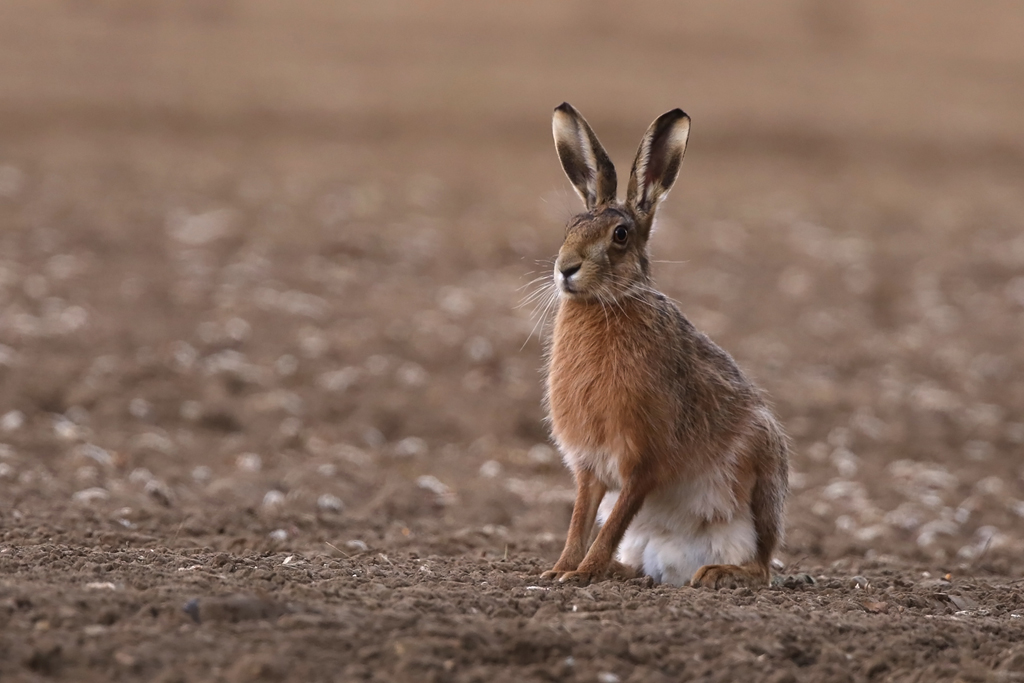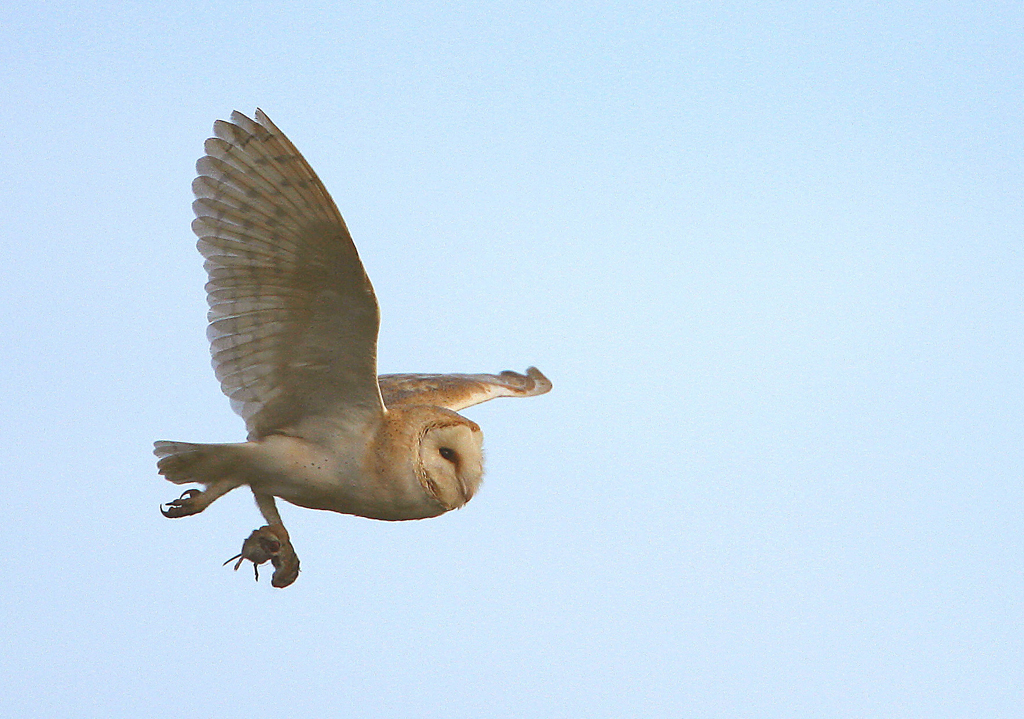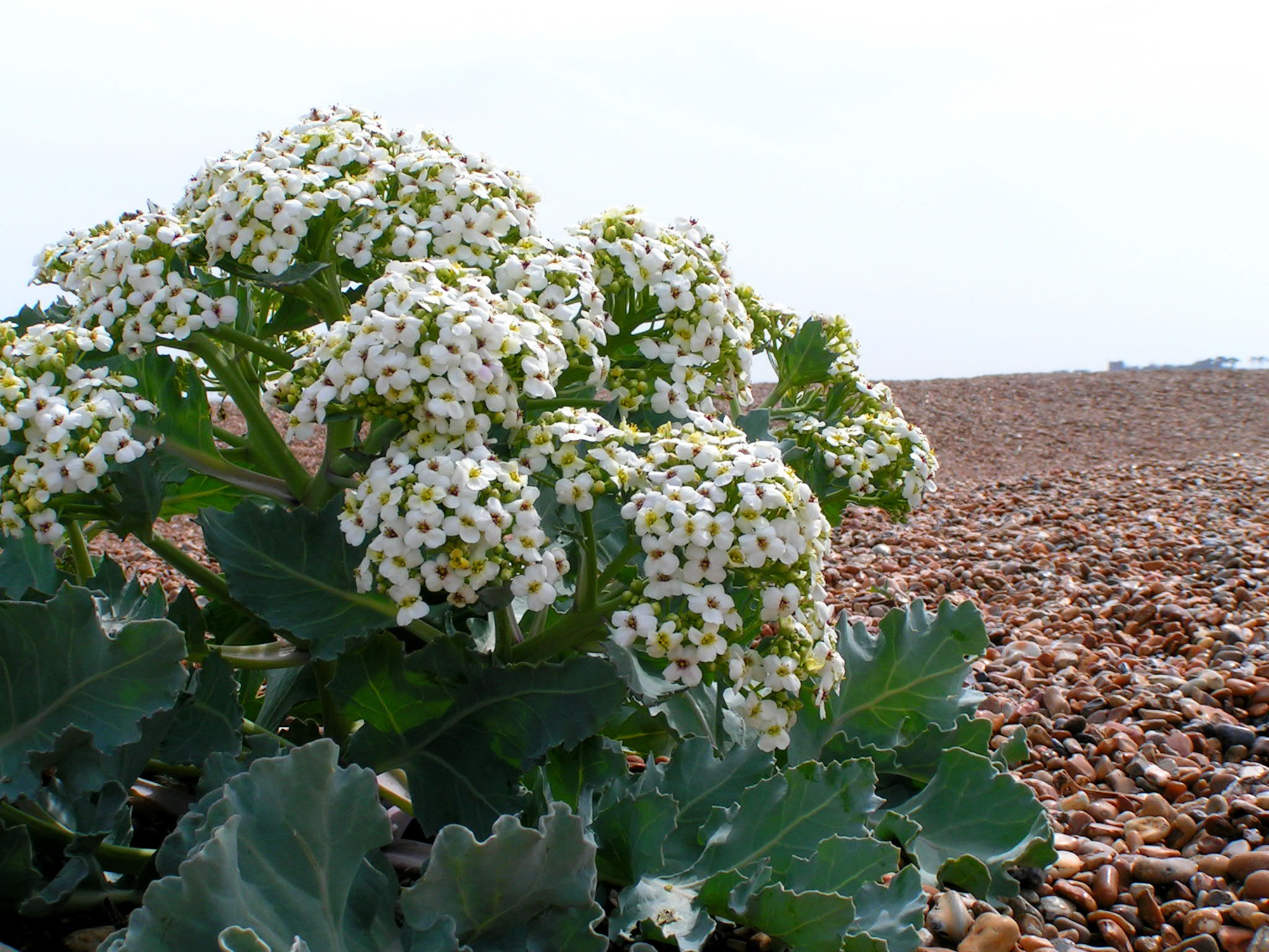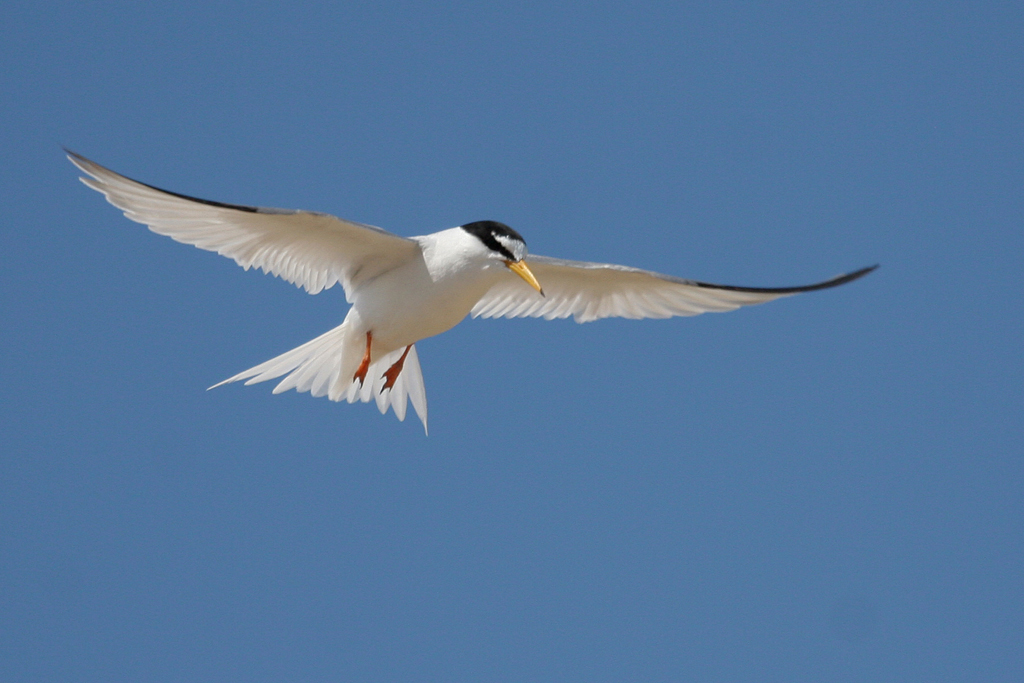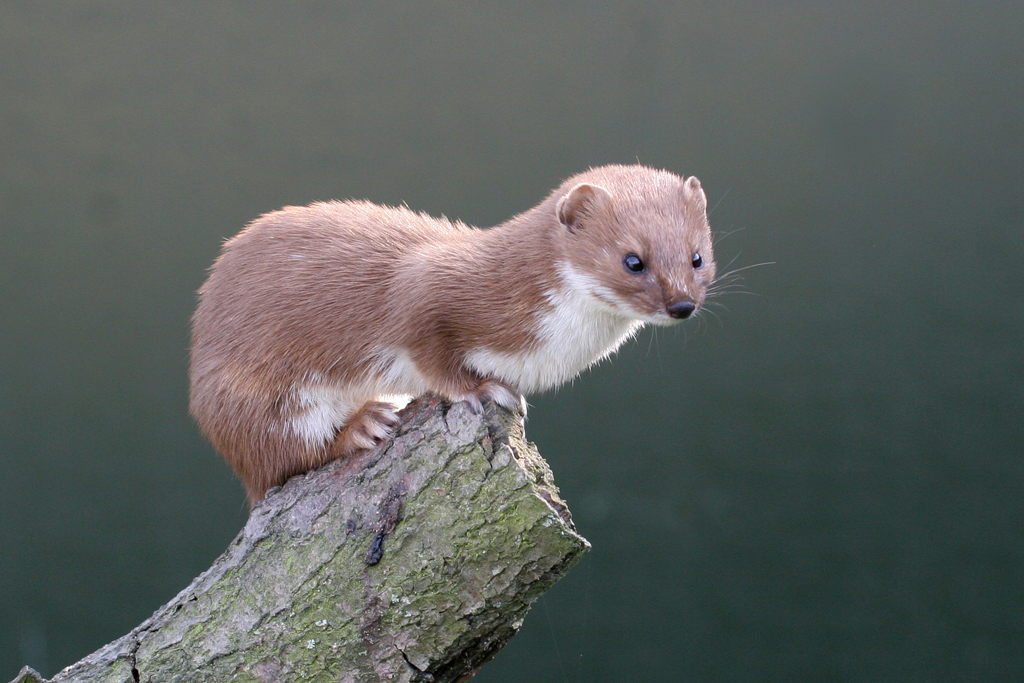Every spring and summer migrant birds return to Britain to breed, having made the long and perilous journey from their winter quarters in Africa. These annual movements are part of the deep rhythms of the natural world and from time immemorial they have served humankind as markers of the year’s seasons.
People still look and listen for the first cuckoo and the first swallow as a sign that spring is really here and as evidence that ‘the world is still working’, as the poet Ted Hughes put it, when he welcomed back the first swifts of the year one May.
Not surprisingly, these arrivals are deeply embedded in our folklore. It is proverbial wisdom that ‘one swallow doesn’t make a summer’ (and this was an ancient Greek proverb as well as a still current British one), and the earliest citation of the cuckoo in English comes in the well-known song of about 1240:
Sumer is icumen in
Loude sing cuccu
Less well-known, by the way, is the next verse introducing other familiar sounds of the countryside:
Ewe bleateth after lamb,
Low’th after calfe cow,
Bullock starteth, bucke farteth,
Merry sing cuccu.
The Bible too associates the arrival of spring with birdsong in these lovely verses from the ‘Song of Solomon’:
For, lo, the winter is past, the rain is over and gone;
The flowers appear on the earth;
The time of the singing of birds is come,
And the voice of the turtle is heard in our land.
The ‘turtle’ in this verse was of course the turtledove, whose gently purring song has always been the essence of summer for me – ‘the sound of ripening corn’, as a writer friend of mine once aptly described it. But this is one respect in which the world is not still working as it used to. For a variety of reasons, we have almost lost the turtledove as a breeding bird in this country and the numbers of cuckoos, nightingales and other familiar migrants have declined dramatically. The wholesale annual slaughter of migrating birds in places like Malta, Cyprus and Sicily is one cause, but the chief one is intensive farming here in Britain. We are fortunate in Shingle Street that we can still see and hear so many of these birds and our position on the coast means that many other migrants pass through here on their way further north.
This seems like a good time, therefore, to note down the usual arrival dates of the main migrant species that pass through Shingle Street, based on the records I’ve been keeping over the last twelve years. The dates are not invariable, of course – they depend somewhat on weather and wind conditions both locally and, more importantly, in the parts of North Africa and continental Europe over which these migrants have to fly. But the dates are surprisingly regular nonetheless and have been precisely calibrated over centuries of evolution to fit in with other factors like the availability of the relevant food supply for each species, which may in turn depend on the cycle of vegetation growth and flowering plants. We now know a lot more about how such natural systems work. The whole ecology is intricately and beautifully interconnected, but for the same reason it is vulnerable to any large-scale systematic changes like global warming, which may affect one species disproportionately and so upset the whole balance.
Here, then, are the dates when you might look out for the main summer migrants in Shingle Street and the best places to see, and more especially to hear, them. They are in an approximate sequence of arrival times:
15 March
Chiffchaff: a small warbler, which is usually the first bird to return; listen out for its onomatopoeic call chi-chi chi-chi from the Secret Garden or other gardens with bushes and small trees; it’s likely to be flitting quickly through the branches but will be visible at this early point of spring before the trees leaf up. It must be a mark of climate change that this species is now arriving about a week earlier than it did twenty years ago. Indeed, some of them are even wintering here and so saving themselves the long journey from North Africa.
25 March
Wheatear: look out for the first ones near the concrete track south of the Martello or on the sward beyond the Beacons, making short marches over the turf to pick up insects. When they fly up to sit on posts, which they often do, you can see the white rump that gave them their Old-English name (‘white-arse’).
2 April
Blackcap: another warbler, and the male bird is easily identifiable from the black cap which gives it its name (the female has a brown cap); again the Secret Garden and the surrounding bushes are the best place to hear the first ones to arrive and the song is a very pleasing flutey warbling. You can also hear them singing from the blackthorn bushes near the Sluice and the bridge on the road in.
5 April
Willow warbler: in appearance very like the chiffchaff, but it has a quite different song, a lovely descending warble that seems to drift away on the breeze. They used to breed round here, but with climate change this has now become a northern bird in Britain, though they still pass through here in good numbers. Same habitat as the other warblers, but tends to sing from higher up in trees.
12 April
Swallow: the first ones will be seen skimming over the fields and along the sea walls about now and it won’t be long before there are some of them singing from the wires. We also see them gathering in small groups on the wires just before they start their return journeys in August and September. The iconic sign of spring.
15 April
Yellow wagtail: These delightful wagtails with bright yellow plumage and sweet tswoo-eet calls breed most years near Shingle Street (both to the south on the way to East Lane and to the north in the water meadows towards Hollesley and Boyton); and they can be seen and heard here passing through in spring. The dates seem to vary more than with other migrants but mid-April is the average.
18 April
Sedge warbler: this is a small reedbed warbler that breeds here and can be heard all along the twin banks in summer. I usually hear the first ones in the reedbeds by the Sluice, a very varied buzzy little song, often delivered in short song-flights from a hawthorn bush. If you get a close view they have a distinct creamy stripe over the eye.
19 April
Common whitethroat: these breed here in the big blackthorn and bramble bushes alongside the sea-walls, the gorse on the common land, and indeed in our garden. A good place to listen and watch them is in the big bushes to the right of the bank as you leave the allotment patch, turn left and start walking south in the direction of East Lane. They have a busy, scratchy song, sometimes delivered in short bursts in a song flight. You can easily pick out their white chins when they sit up on bushes.
20 April
Reed warbler: these occupy similar habitats to the sedge warbler and usually arrive about a couple of days later. To look at they are quite nondescript and a bit more secretive than the sedge warbler, but they are also slightly larger birds. Their songs are often confused with those of sedge warblers but are much less varied and consist in a rather boring repetition of harsh notes like charr-charr-charr chee-chee-chee chukka-chukka-chukka.
22 April
Cuckoo: we are very well off for cuckoos in Shingle Street, though they are getting scarce elsewhere and future generations may never hear that unmistakable call. As everyone knows, they use other birds to hatch their eggs and rear their young, and here they parasitise reed warblers in particular, so cunningly arrive just after the reed warblers do.
24 April
Lesser whitethroat: Related to the common whitethroat but with a very different song – a highly distinctive rattle, preceded by a few throat-clearing notes as if to get themselves going. They breed here in the thicker hawthorn bushes on the twin banks and near the Sluice. If you see them close-up they have a rather piratical black mask through the eye and a sharply contrasting white throat.
1 May
Little tern: A charismatic coastal species, favouring large shingle banks like ours, and now a rare breeder in Britain. They try to breed here most years and succeed in some, but they are very vulnerable to disturbance by people and dogs by day and by foxes by night. They are Britain’s smallest terns, with a rapid, fairy-light flight, pausing frequently to hover over the sea and then dive in after sand-eels. If you are swimming off Shingle Street in summer they can be diving into the sea around you. The call is a characteristic and far-carrying kriet kriet which can develop into a sort of rapid, chattering sequence kriet-a-kriet, kriet-a-kriet.
7 May
Swift: the last of our regular migrants, now that we’ve effectively lost the turtle dove and the spotted flycatcher. These are the most aerial of birds, which spend their whole lives on the wing apart from brief visits to their nesting sites (often in church towers). They eat, sleep and mate on the wing and after they leave the nest may never touch down again until they return the next year. They are sooty-black birds and are in a quite different family from our swallows and martins, though they are often confused with them. We see the swifts scything through our skies with their sickle-shaped outlines from early May through to the first week of August, the last to arrive and the first to leave. The voice is a high-pitched screaming note, hardly euphonious but a thrill to hear when at last they arrive here from southern Africa.
Please enter on to the website your own notes of when you first record any of these species in Shingle Street each year, so we can track any changes in their patterns.
Jeremy Mynott




